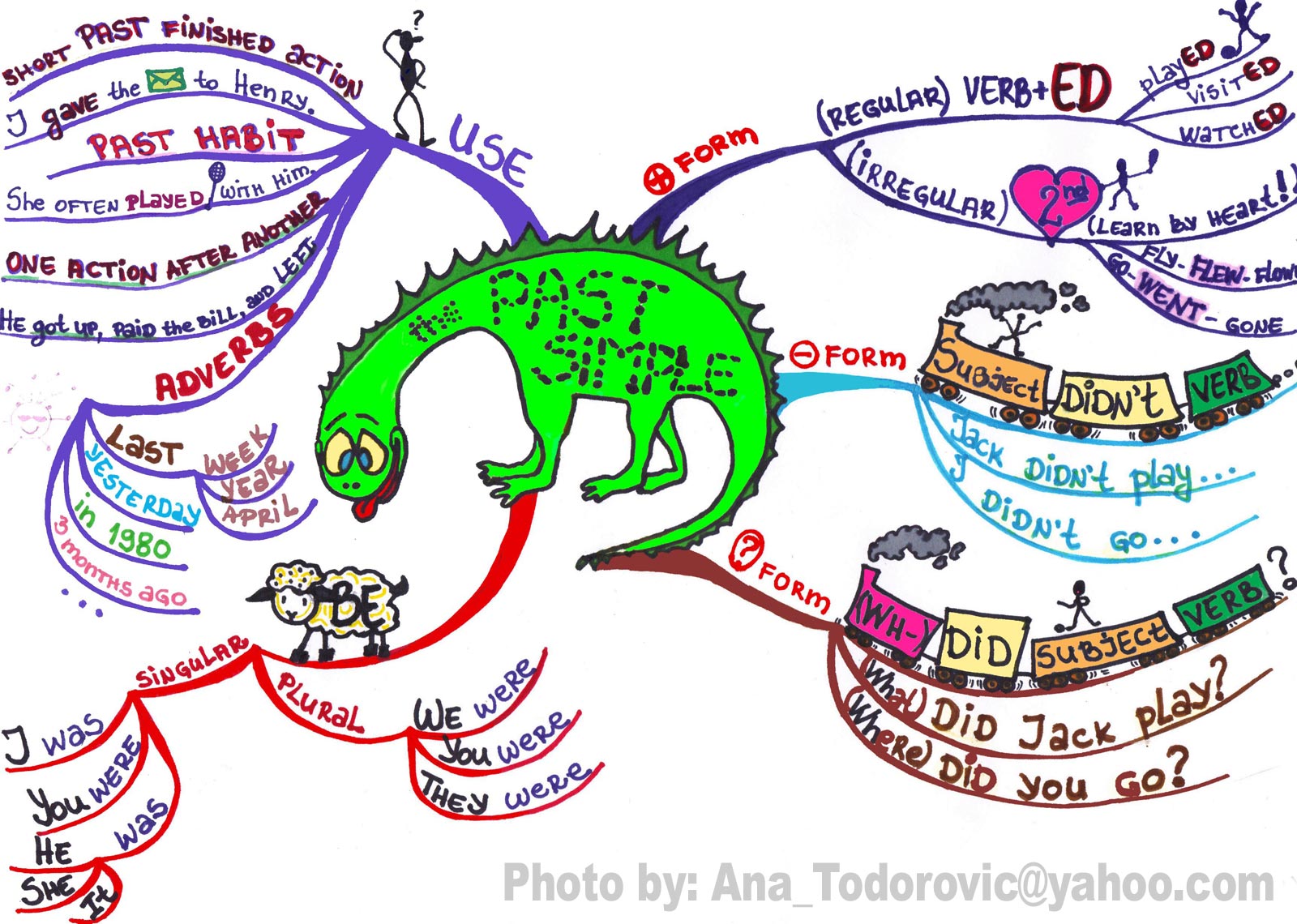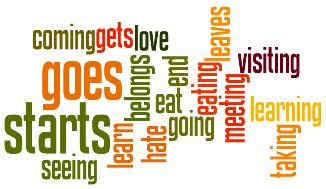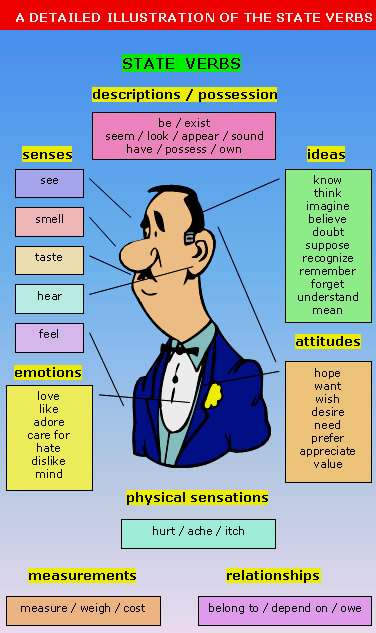sábado, 9 de novembro de 2013
quinta-feira, 26 de setembro de 2013
terça-feira, 24 de setembro de 2013
Zero, first, second and third conditionals (2nd grade)


POWER POINT: http://www.slideshare.net/slideshow/embed_code/26507138
Watch these video classes and do the quizzes on the same webpages.
http://www.engvid.com/zero-and-first-conditionals/
http://www.engvid.com/second-third-conditionals/
More exercises!
http://speakspeak.com/english-grammar-exercises/upper-intermediate/first-second-and-third-conditiona
quarta-feira, 11 de setembro de 2013
domingo, 1 de setembro de 2013
Relative Clauses (2nd grade)


http://www.slideshare.net/slideshow/embed_code/14022662?hostedIn=slideshare&page=upload
VIDEO CLASS ON RELATIVE CLAUSES!!!
http://www.engvid.com/writing-relative-clauses-overview/
EXERCISES!!
http://www.ego4u.com/en/cram-up/grammar/relative-clauses/exercises?02
http://www.ego4u.com/en/cram-up/grammar/relative-clauses/exercises?11
sexta-feira, 9 de agosto de 2013
quinta-feira, 13 de junho de 2013
DETERMINERS (3rd grade)
Uncountable Nouns
Uncountable nouns are substances, concepts etc that we cannot divide into separate elements. We cannot "count" them. For example, we cannot count "milk". We can count "bottles of milk" or "litres of milk", but we cannot count "milk" itself. Here are some more uncountable nouns:- music, art, love, happiness
- advice, information, news
- furniture, luggage
- rice, sugar, butter, water
- electricity, gas, power
- money, currency
- This news is very important.
- Your luggage looks heavy.
- a piece of news
- a bottle of water
- a grain of rice
- I've got some money.
- Have you got any rice?
- I've got a little money.
- I haven't got much rice.
source: http://www.englishclub.com/grammar/nouns-un-countable_2.htm
___________________________________________________________________________________
source :http://www.learn4good.com/languages/evrd_grammar/quantifier.htm
A few and few, a little and little
These expressions show the speaker’s attitude towards the quantity he/she is referring to.
A few (for countable nouns) and a little (for uncountable nouns) describe the quantity in a positive way:
- “I’ve got a few friends” (= maybe not many, but enough)
- “I’ve got a little money” (= I’ve got enough to live on)
- Few people visited him in hospital (= he had almost no visitors)
- He had little money (= almost no money)
EXERCISES on determiners!!!!!
http://www.grammarbank.com/quantifiers-exercises.html
| With Uncountable Nouns | With Both | With Countable Nouns |
| How much? | How much? or How many? | How many? |
| a little | no/none | a few |
| a bit (of) | not any | a number (of) |
| some (any) | several | |
| a great deal of | a lot of | a large number of |
| a large amount of | plenty of | a great number of |
| a large quantity of | lots of | a majority of |
quarta-feira, 12 de junho de 2013
Valentine's Day

Valentine's Day is celebrated on February 14. It is a festival of romantic love and many people give cards, letters, flowers or presents to their spouse or partner. Common symbols of Valentine's Day are hearts, red roses and Cupid.
Public life
Valentine's Day is not a public holiday. Government offices, stores, schools and other organizations are open as usual. Public transit systems run on their regular schedule. Restaurants may be busier than usual as many people go out for an evening with their spouse or partner. Valentine's Day is also a very popular date for weddings.Background
There are a number of Saints called Valentine who are honored on February 14. The day became associated with romantic love in the Middle Ages in England. Traditionally, lovers exchanged hand written notes. Commercial cards became available in the mid nineteenth century.Symbols
The most common Valentine's Day symbols are the heart, particularly in reds and pinks, and pictures or models of Cupid. Cupid is usually portrayed as a small winged figure with a bow and arrow. In mythology, he uses his arrow to strike the hearts of people. People who have fallen in love are sometimes said to be 'struck by Cupid's arrow.
Valentine’s Day traditions in Brazil are marked by a difference as in Brazil they celebrate 'Lovers Day' on June 12th, the eve of Saint Anthony's who is believed to bless people with good marriages and young couples. Thus they celebrate their love in the same way as other people do in other parts of the world.
quinta-feira, 30 de maio de 2013
terça-feira, 14 de maio de 2013
segunda-feira, 6 de maio de 2013
sexta-feira, 3 de maio de 2013
The Future (2nd grade)

TO DO!!!!
http://www.tolearnenglish.com/exercises/exercise-english-2/exercise-english-5110.php
(Future Continuous and Future Perfect)
http://www.englishpage.com/verbpage/verbs18.htm
(Will and Be going to)
http://www.ego4u.com/en/cram-up/grammar/simple-present/use/exercises?04
(Present Simple)
http://www.language-worksheets.com/present-continuous-future-elementary.html
(Present Continuous)
quinta-feira, 18 de abril de 2013
3rd grade
(...) When you hear someone say .Once in a blue moon.... you know what they mean: Rare. Seldom.
Maybe even absurd. After all, when was the last time you saw the moon turn blue?
According to modern folklore, a blue moon is the second full moon in a calendar month. Usually months have only one full moon, but occasionally a second one sneaks in. Full moons are separated by 29 days, while most months are 30 or 31 days long; so it is possible to fit two full moons in a single month. This happens every two and a half years, on average. (...)
source: UFMG/2006

WHEN IS THE NEXT BLUE MOON?
2nd and 3rd grades

When we talk about situations (general characteristics or circumstances) that exist until the present, we often use either the present perfect simple or continuous:
“Where is Dr Owen’s
office?” “Sorry, I don’t know. I haven’t been working here for long.”
(or I haven’t worked here
for long. Present Perfect Continuous emphasizes the activity of working; Present Perfect Simple emphasizes the state of having a job.)
We’ve been looking forward to this holiday
for ages. (or We’ve looked forward to … . Present Perfect Continuous emphasizes a mental
process; Present Perfect Simple
emphasizes a mental state.)
Source: HEWINGS,
Martin. Advanced Grammar in Use. Second Edition. United Kingdom: Cambridge, 2005.
Page 12.
terça-feira, 16 de abril de 2013
segunda-feira, 15 de abril de 2013
MIND MAPS
You can use mind maps to aid your thinking in any situation where you might put pen to paper - note taking, creative thinking, decision making, planning essays talks and reports.
Mind maps work with both sides of your brain enabling you to generate more ideas in a less stressful and more creative way.
Source:http://cambridgeperformance.com/page.php?title=training-mapping

Mind maps work with both sides of your brain enabling you to generate more ideas in a less stressful and more creative way.
Source:http://cambridgeperformance.com/page.php?title=training-mapping

terça-feira, 9 de abril de 2013
Present Perfect Simple X Simple Past (2nd grade)

TO DO!!
http://www.ego4u.com/en/cram-up/grammar/simpas-preper/exercises
TO DO!!
http://www.ego4u.com/en/read-on/countries/uk/tour/edinburgh#exercises
TO DO!!
http://www.ego4u.com/en/cram-up/grammar/simpas-preper/exercises?ex05
TO DO!!
http://www.ego4u.com/en/cram-up/grammar/simpas-preper/exercises?ex07
segunda-feira, 8 de abril de 2013
terça-feira, 2 de abril de 2013
Rock School (2nd grade)
Christopher James Hardman (born 26 August 1990), more commonly known by his stage name Lil' Chris, is an English singer-songwriter, actor and television personality.
Hardman, who was born in Lowestoft, England to Ian Hardman and Karen Elizabeth Clarke, rose to prominence in January 2006 at the age of 15 after appearing in series two of Channel 4's Rock School. The TV show saw Gene Simmons (from the band KISS) try to form a rock band out of a class of children attending Kirkley High School (now East Point Academy). In the series, Hardman was immediately seen as a contender for the band after revealing that he could sing, play guitar, drum, and write songs. Eventually Hardman was selected as frontman and lead singer in the line-up for the band (now named "Hoax UK"). In the final episode the band went on to open for Judas Priest, Rob Zombie, and Anthrax at a concert in Long Beach, California.
From: Wikipedia
From: Wikipedia
domingo, 31 de março de 2013
quarta-feira, 27 de março de 2013
sábado, 23 de março de 2013
sexta-feira, 22 de março de 2013
sexta-feira, 15 de março de 2013
quarta-feira, 13 de março de 2013
terça-feira, 12 de março de 2013
sábado, 9 de março de 2013
terça-feira, 5 de março de 2013
Assinar:
Postagens (Atom)

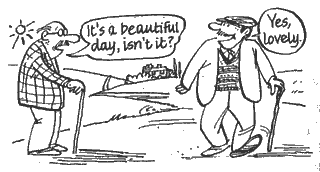





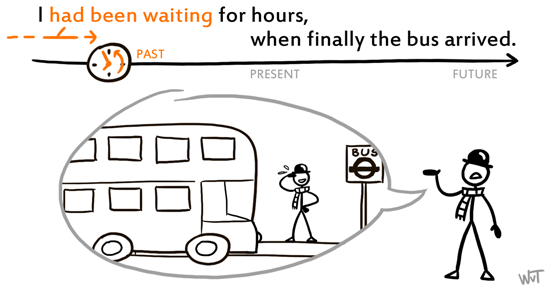





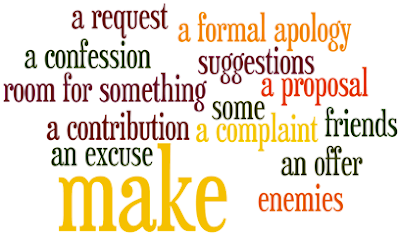








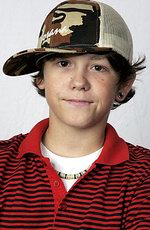

.jpg)


